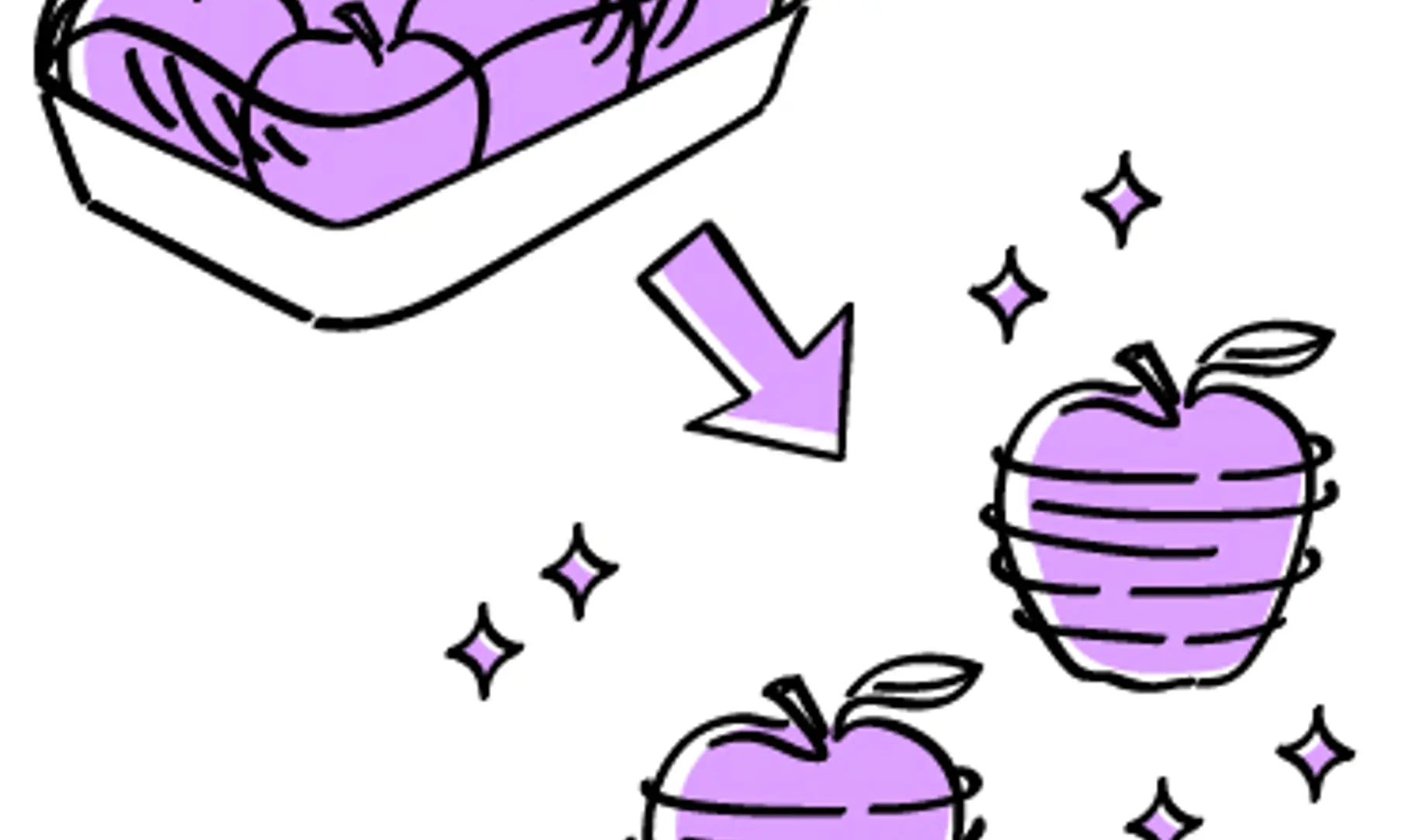How to package food safely and sustainably

Unpacking F&B regulations
While packaging regulations differ from region to region, some rules do not change: in both the EU and the US, health and safety regulations regarding food and beverage products require that the materials used in such packaging will not leak into the products themselves, and that packaging will not change the taste, smell or composition of the product.
At the same time as global governing bodies continue maintaining proper health and safety regulations, we are starting to see the introduction of regulations to make packaging more sustainable. In the EU, these rules include making packaging easier to reuse and recycle, and finding ways to reduce the volume of materials needed to create food and beverage packaging. In the US, this greater push towards being more sustainable is also translating into rules such as increased use of recycled plastics in packaging.
The era of sustainable packaging
That large-scale changes are being rolled out across various markets is a positive step forward. But how exactly is sustainability impacting packaging formats? According to McKinsey & Company, in a study of 30 countries worldwide, changes include greater focus on the size and weight of packaging, biodegradability, and the entire supply chain – from raw materials to recyclability.
Safety and sustainability
As sustainability and safety continue to overlap, we continue to unpack the possibilities of packaging. From edible coatings – used for everything from fruit and vegetables to stock cubes – to packaging made using sugarcane, seaweed, and sundried areca palm leaves, the latest results are exciting and promising – with the global market expected to reach $83.37bn in 2029 from $61.94bn in 2024.

The role of packaging suppliers
Packaging suppliers play a central role in creating sustainable and safe food and beverage packaging. At SIG, sustainability is core to every one of our packaging solutions. All our carton packs are made using FSC™-certified paperboard (FSCTM license code: FSCTM C020428) and our SIG Terra range includes the world’s first aluminum-layer-free aseptic carton packing material linked to 100% renewable, forest-based materials.
The sustainability factor
Sustainable packaging is here to stay, with greater collaboration across the board further boosting the market. The EU’s Packaging and Packaging Waste Directive states that all manufacturers take responsibility for their products at the end-of-life stage as a way to promote a circular economy. Consumers are willing to pay more for goods in sustainable packaging, and the number of new packaging formats coming onto the market keeps growing.
In part five of Ask it right, we switch focus to the end-of-life stage of a product and its packaging. What steps are involved in making packaging as sustainable as possible, how are processes changing as the world becomes more aware – and what challenges does the food and beverage industry still have to overcome?
Find out by subscribing to our bi-weekly SIG newsletter.
- Maret 07, 2024


How conserving the jaguar king can protect its forest kingdom

